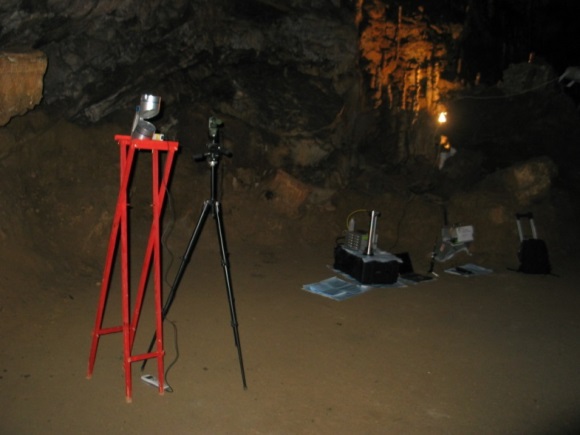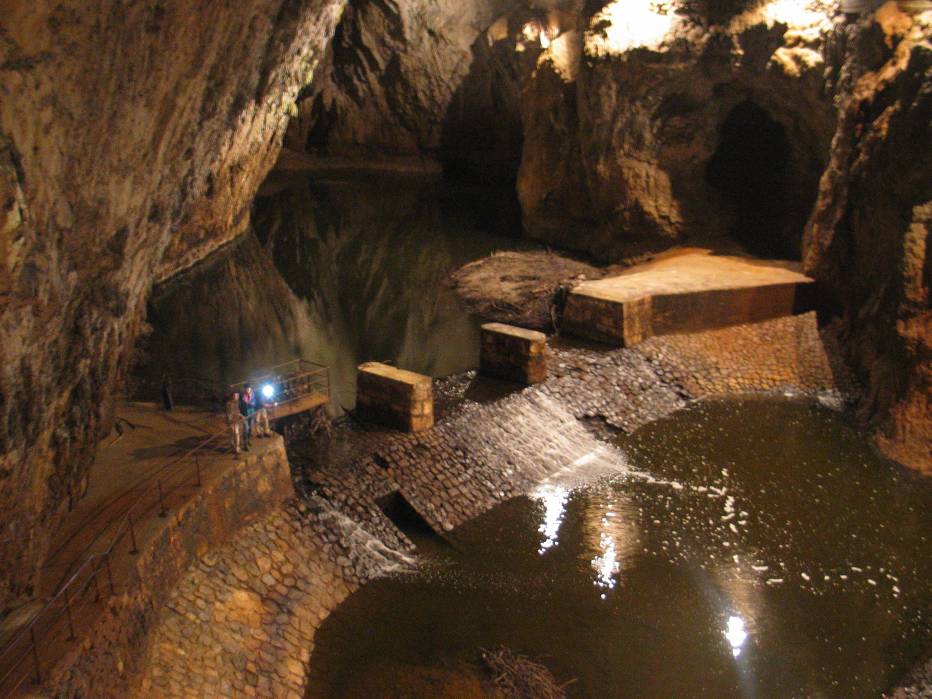Microorganisms in underground
Subterranean microbiota participates in (bio)geochemical cycles, and also interacts with microorganisms which enter the underground. For them, the underground serves as an intermediate step on their way to a new habitat.
We monitor microbial indicators of human impact to advise managers of show caves for sustainable use of natural values.

|

|

|
 |
 |
|
|
|
 |
 |
|
|
|
Results
MULEC, Janez. Phototrophs in caves. V: MOLDOVAN, Oana Teodora (ur.), KOVÁČ, Ĺubomir (ur.), HALSE, Stuart (ur.). Cave ecology. Cham: Springer, 2019. Str. 91-106, ilustr. Ecological studies, Analysis and Synthesis, 235. ISBN 978-3-319-98850-4, ISBN 978-3-319-98852-8. ISSN 0070-8356. https://link.springer.com/chapter/10.1007/978-3-319-98852-8_6. [COBISS.SI-ID 44146477]
MULEC, Janez, KRIŠTŮFEK, Václav, CHROŇÁKOVÁ, Alica, OARGA-MULEC, Andreea, SCHARFEN, Josef, ŠESTAUBEROVÁ, Martina. Microbiology of healing mud (fango) from Roman thermae Aquae Iasae archaeological site (Varaždinske Toplice, Croatia). Microbial ecology. 2015, vol. 69, iss. 2, str. 293-306, ilustr. ISSN 0095-3628. DOI: 10.1007/s00248-014-0491-5. [COBISS.SI-ID 37578285]
MULEC, Janez. Human impact on underground cultural and natural heritage sites, biological parameters of monitoring and remediation actions for insensitive surfaces: case of Slovenian show caves. Journal for nature conservation. Apr. 2014, vol. 22, iss. 2, str. 132-141, ilustr. ISSN 1617-1381. DOI: 10.1016/j.jnc.2013.10.001. [COBISS.SI-ID 36519213]